Is At-Home Microneedling Safe? What You Need to Know
You’ve probably heard of microneedling if you’ve ever looked into acne scar treatments. While dermatologist offices and med spas offer professional microneedling, at-home microneedling has become increasingly popular and it can be safe when done correctly.
What Is Microneedling?
Microneedling works by creating tiny, controlled micro-injuries on the surface of the skin to stimulate collagen and elastin production. This natural healing response helps reduce acne scars, fine lines, hyperpigmentation, and improves overall skin texture.
At-home microneedling uses shorter needles (0.25mm–0.5mm), making it a gentler and safer way to encourage skin renewal compared to professional treatments that use deeper needles.
So, Is At-Home Microneedling Safe?
According to published dermatology research, there’s no evidence that microneedling at home is inherently unsafe as long as you use sterile technique and a high-quality device designed for home use.
In fact, a review in Dermatologic Surgery found that microneedling has a strong safety profile when performed properly, with most side effects being temporary redness or mild irritation that resolves within days (Fabbrocini et al., 2018).
The main concern often comes from low-quality or improperly used tools, or spreading an infection, not from microneedling itself. Unfortunately, there’s a lot of fear-mongering online, but using the right device, like the Banish Kit 3.0, makes all the difference.
Why the Banish Kit 3.0 Is the Safest At-Home Microneedling Tool
Dermatologists agree that stamping-style microneedling toolssare safer for home use than rolling or motorized pen devices. The Banisher 3.0 was designed with safety and simplicity in mind:
- 0.5mm titanium gold-plated needles - gentle yet effective for home use without breaking skin barriers.
- Patented sanitizing cap - allows you to disinfect your device easily between uses with isopropyl alcohol.
- Stamper design - prevents dragging or “tram-track” scarring seen with rollers.
- Replaceable heads - ensures hygiene and longevity for repeated safe use.
Dr. Davin Lim, board-certified dermatologist, says: “Stamping devices are much better than rollers, especially if you do it at home.”
Common Myths About At-Home Microneedling
❌ Myth 1: It’s Too Risky or Causes Infection
Infection risk is very low when you disinfect your tool and avoid microneedling over active acne or open wounds. In medical literature, only isolated cases of infection have been reported. The infection was usually when devices were reused over active cysts or not cleaned properly.
❌ Myth 2: Microneedling Causes Granulomas
Granulomas (rare inflammatory nodules) have only been reported in a few professional cases where improper products were used. A JAMA Dermatology case study found the reaction was caused by preservatives or fragrances in the serum, not the microneedling itself.
Always patch-test new serums before use. We recommend pairing microneedling with a trusted, fragrance-free serum like the Banish Serum to support healing and collagen production safely.
❌ Myth 3: Home Tools Can Cause Scarring
Scarring is extremely rare when using a stamping tool at 0.5mm or lower. Derma rollers and motorized pens have a higher risk if dragged across the skin which is why dermatologists recommend stampers instead.
Who Should Avoid At-Home Microneedling?
If you have certain skin or health conditions, it’s best to consult your doctor first. Dr. Myro Figura of UCLA Health notes: “If you have diabetes, eczema, or immune system problems, you probably should not do this at home. But if you’re otherwise healthy, it can make a huge difference in how your skin looks and feels.”
Tips for Microneedling at Home Safely
- Always disinfect your device with 70–90% isopropyl alcohol before and after use.
- Never microneedle over active acne, rashes, or open wounds.
- Replace your Banisher 3.0 head every 4–8 sessions for hygiene.
- Cleanse your skin thoroughly before starting and moisturize afterward.
- Patch-test any serum before applying it post-treatment.
- Microneedle only once per week to give skin time to heal.
- Use SPF 30+ and avoid makeup or exfoliants for 24 hours after microneedling.
For more aftercare guidance, check out our detailed microneedling aftercare guide.
Studies Supporting At-Home Microneedling
- Microneedling: A Review and Practical Guide – Dermatologic Surgery (2018): Reports high safety and satisfaction when performed with sterile technique.
- Home-based microneedling improves facial scars with minimal side effects – Journal of Cosmetic Dermatology (2018): Found that at-home microneedling at 0.5mm depth was effective and well-tolerated.
- Facial Allergic Granulomatous Reaction and Systemic Hypersensitivity Associated With Microneedle Therapy – JAMA Dermatology (2013): Concluded rare reactions were linked to ingredients, not microneedling devices.
Final Thoughts: Safe, Effective, and Accessible
Professional microneedling treatments can cost $500 or more per session, but at-home microneedling offers an affordable and effective alternative especially with dermatologist-approved devices like the Banish Kit 3.0.
When done correctly, at-home microneedling is safe and simple to do. It’s about using the right tools, following simple hygiene steps, and knowing your skin. The fear around at-home microneedling often comes from misinformation from exaggerated headlines, without going over the fine details.
Bottom line: With the right approach and a trusted device, at-home microneedling can be a safe and rewarding part of your skincare routine for acne scars, fine lines, and overall glow.

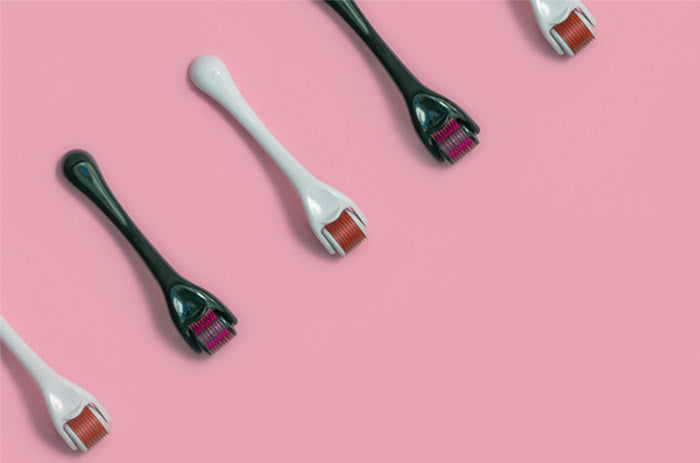
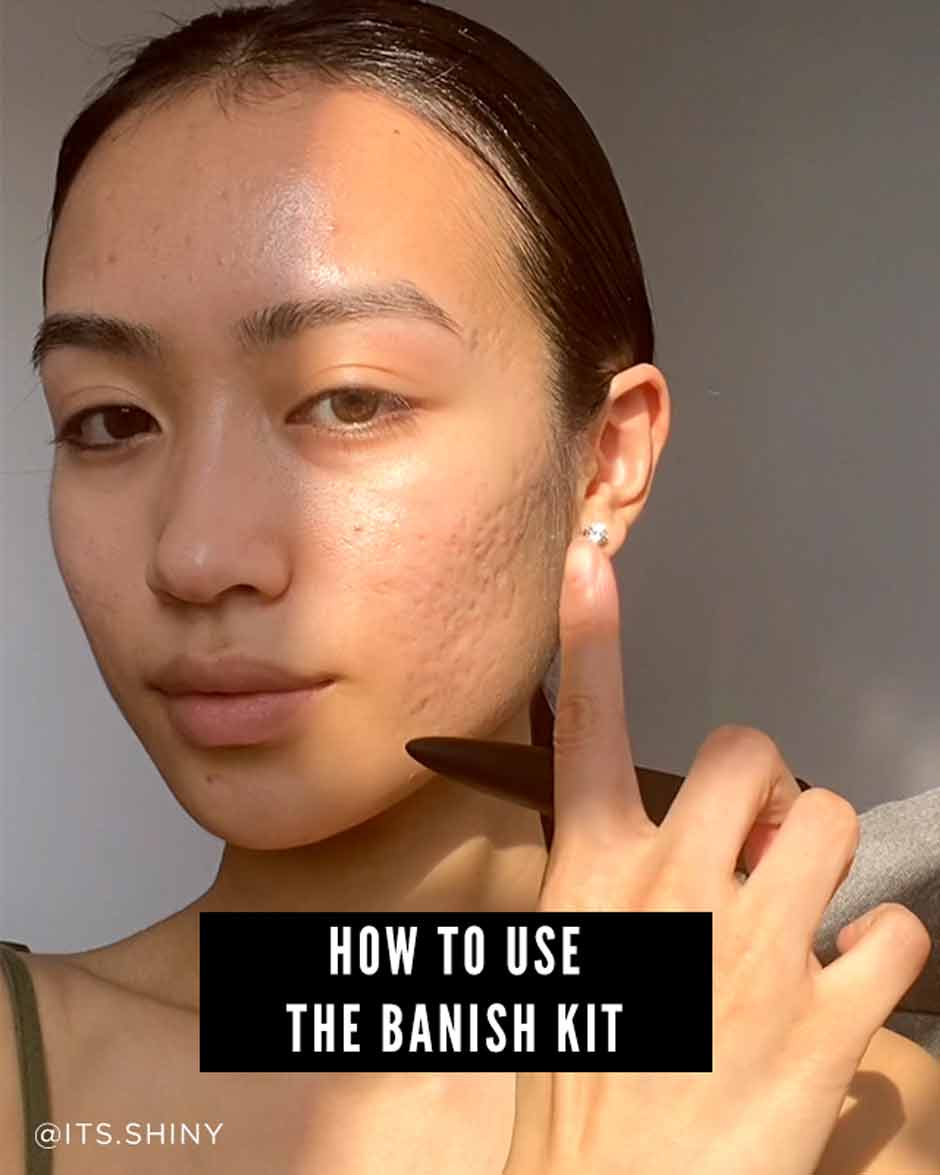
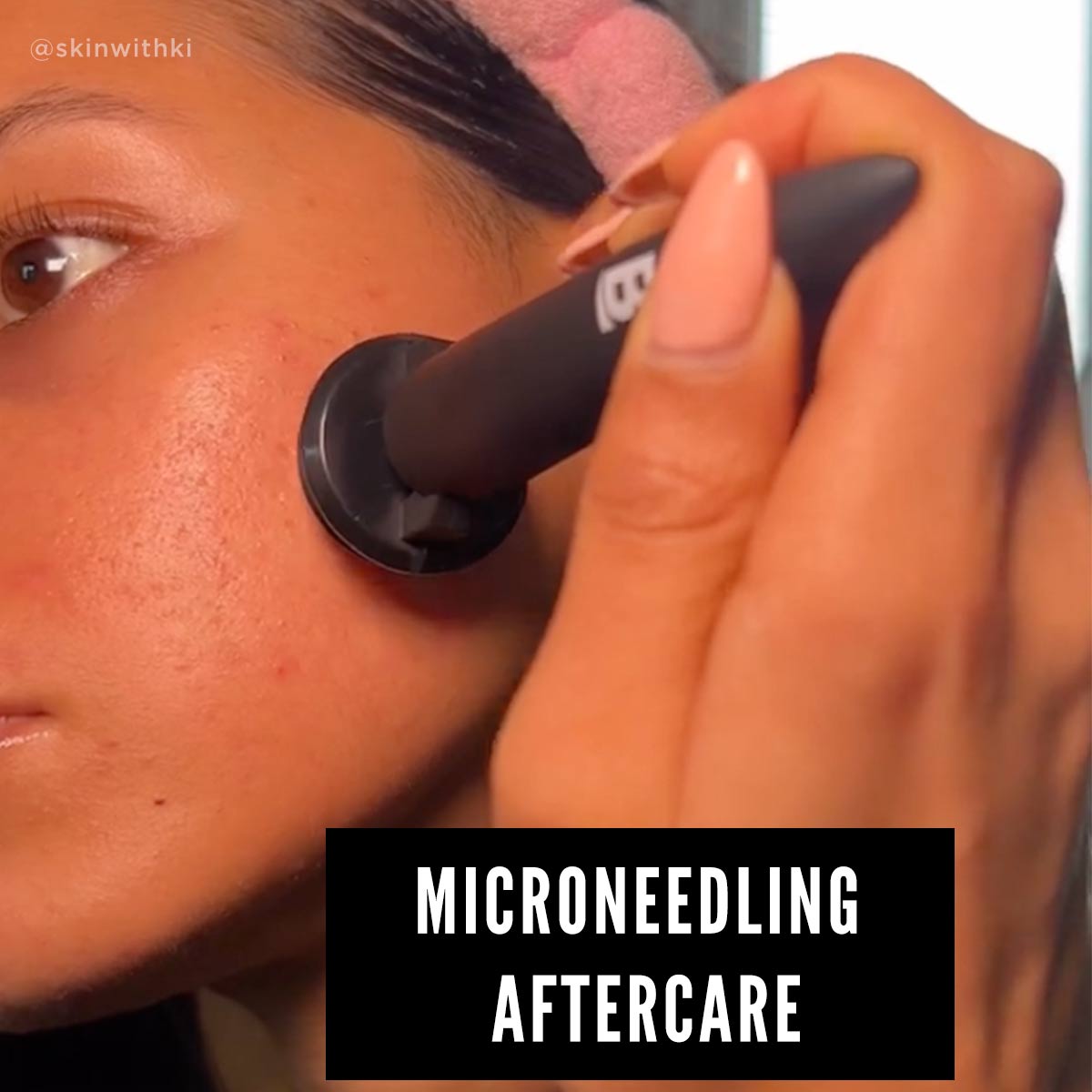
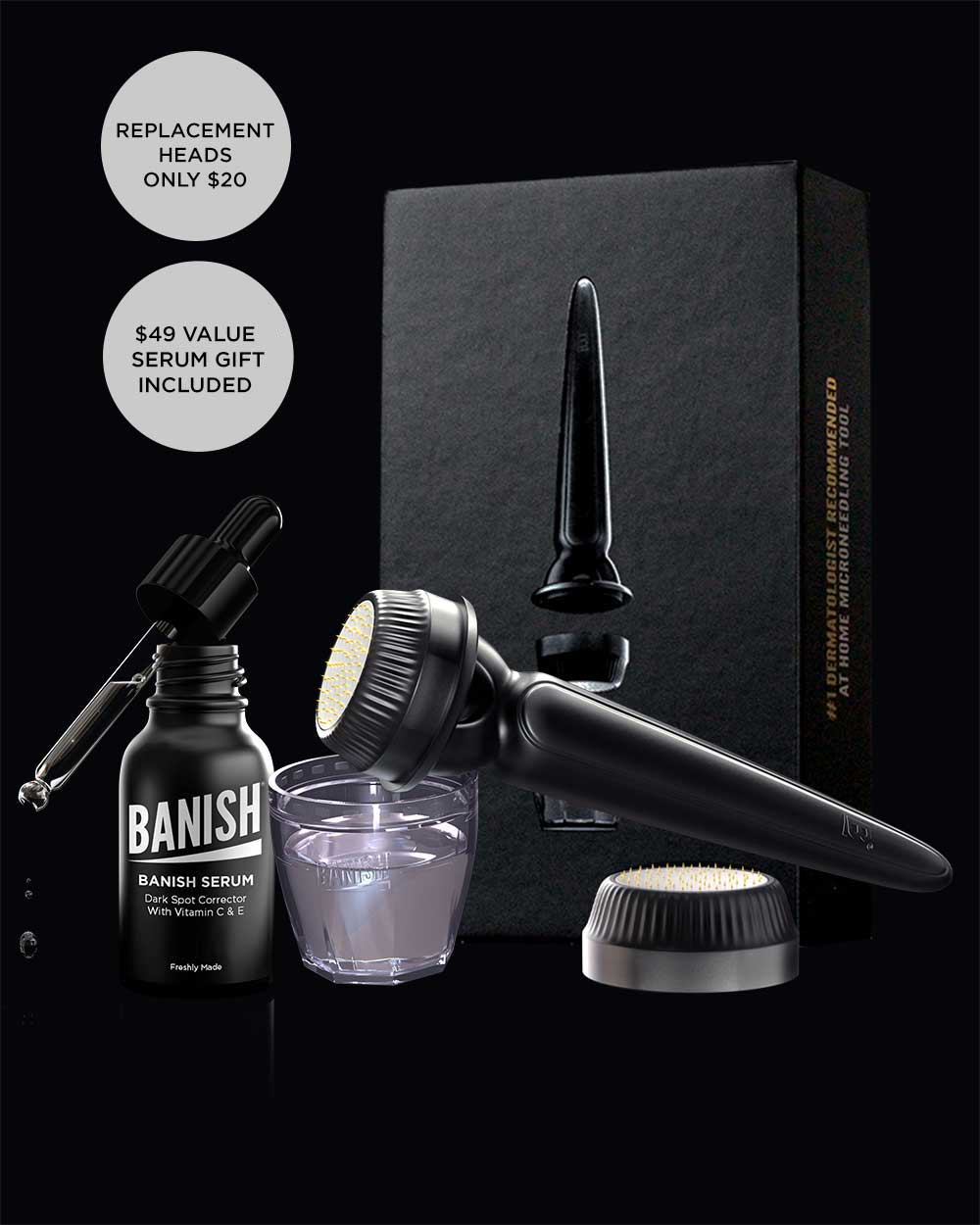

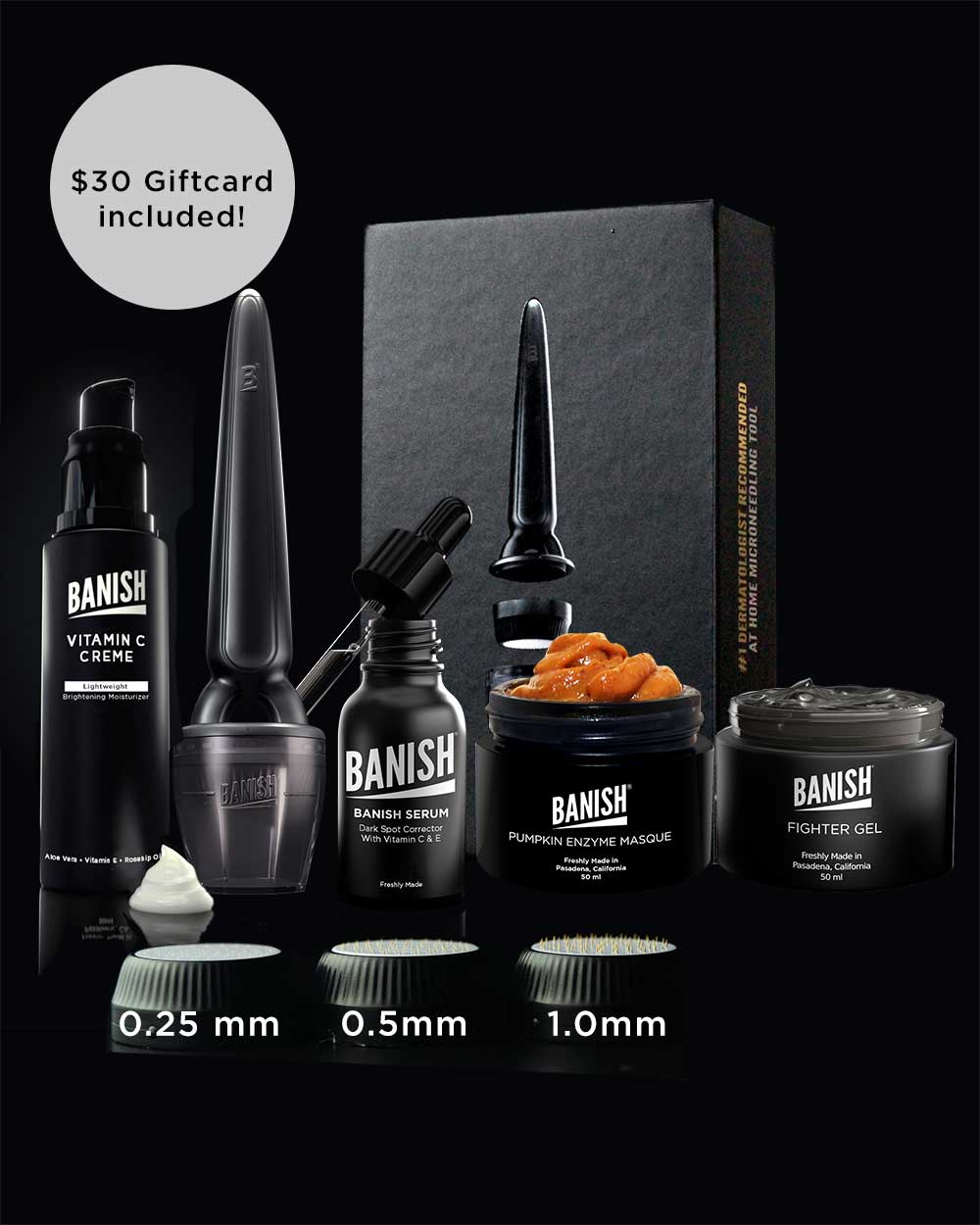
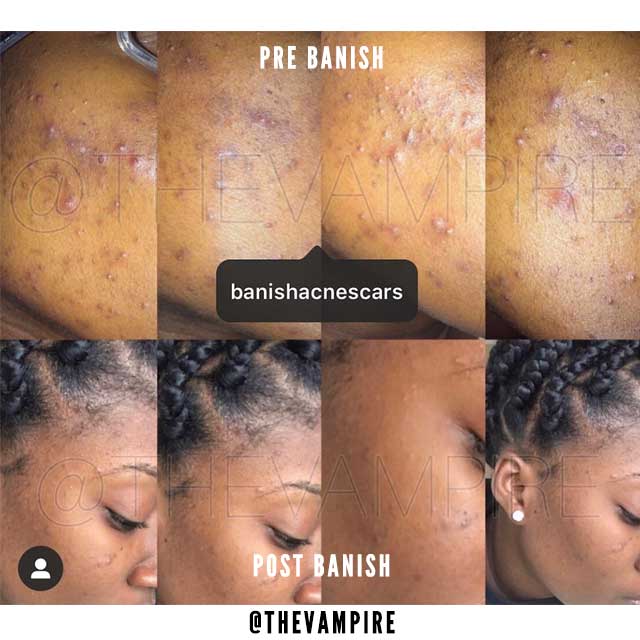
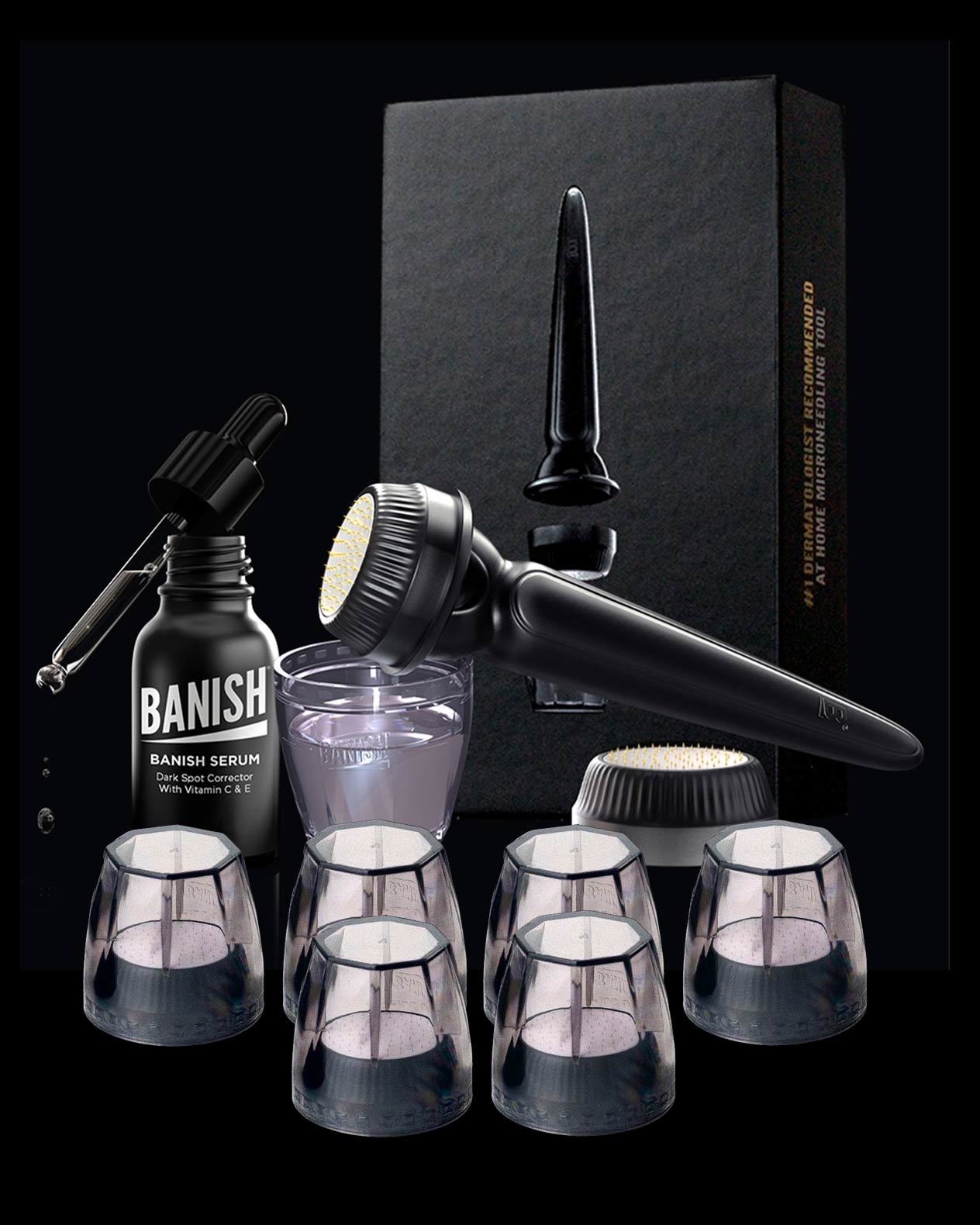
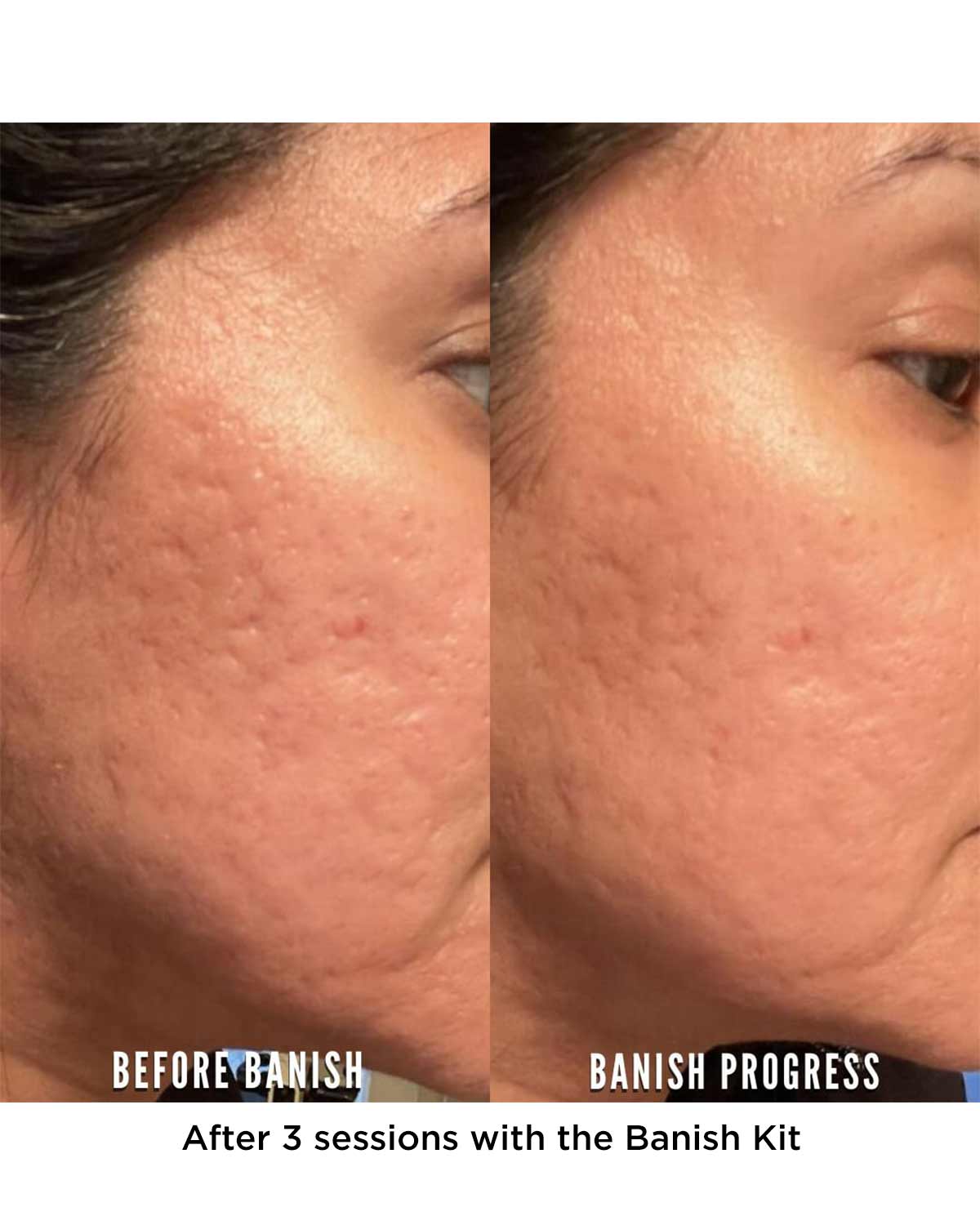
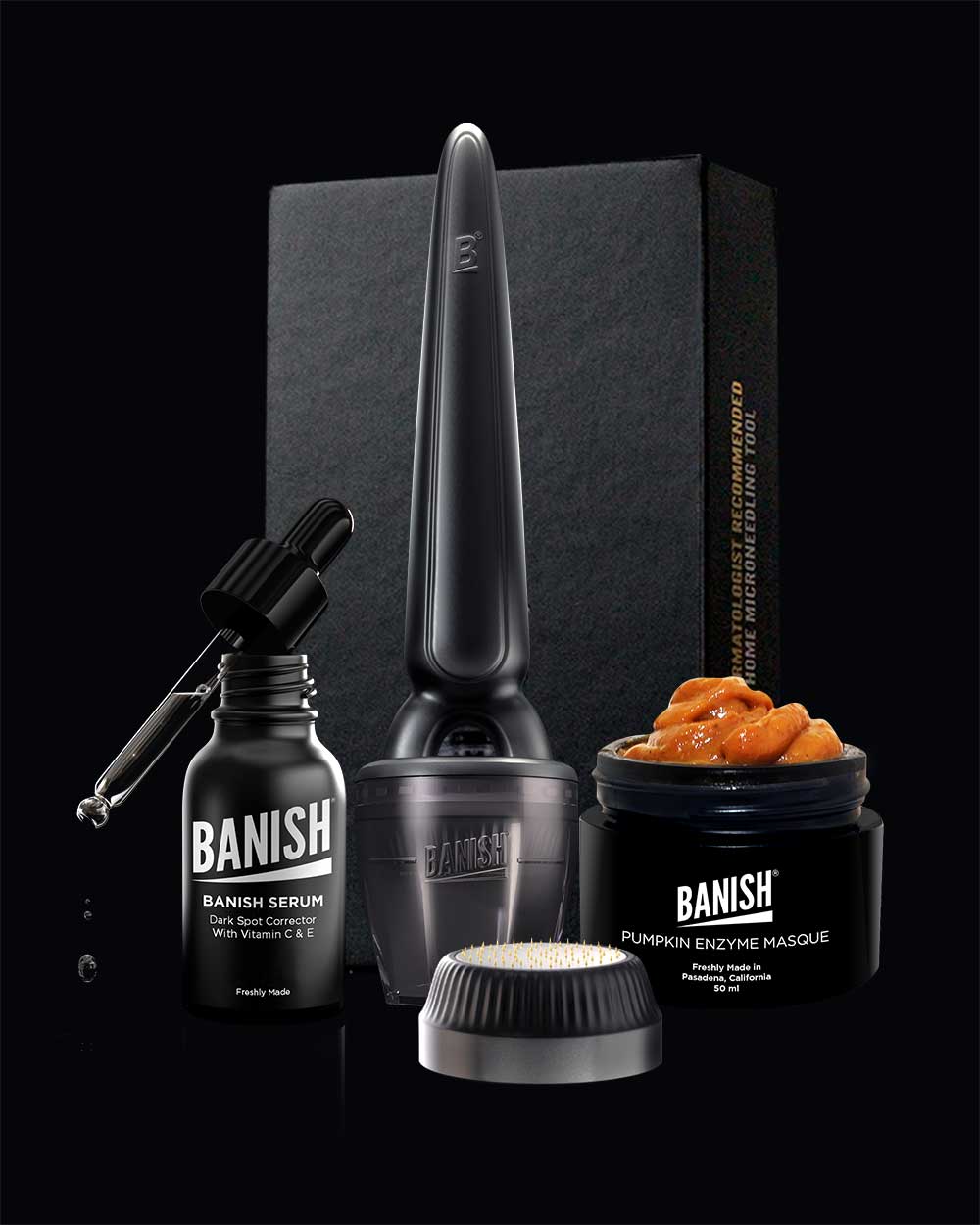

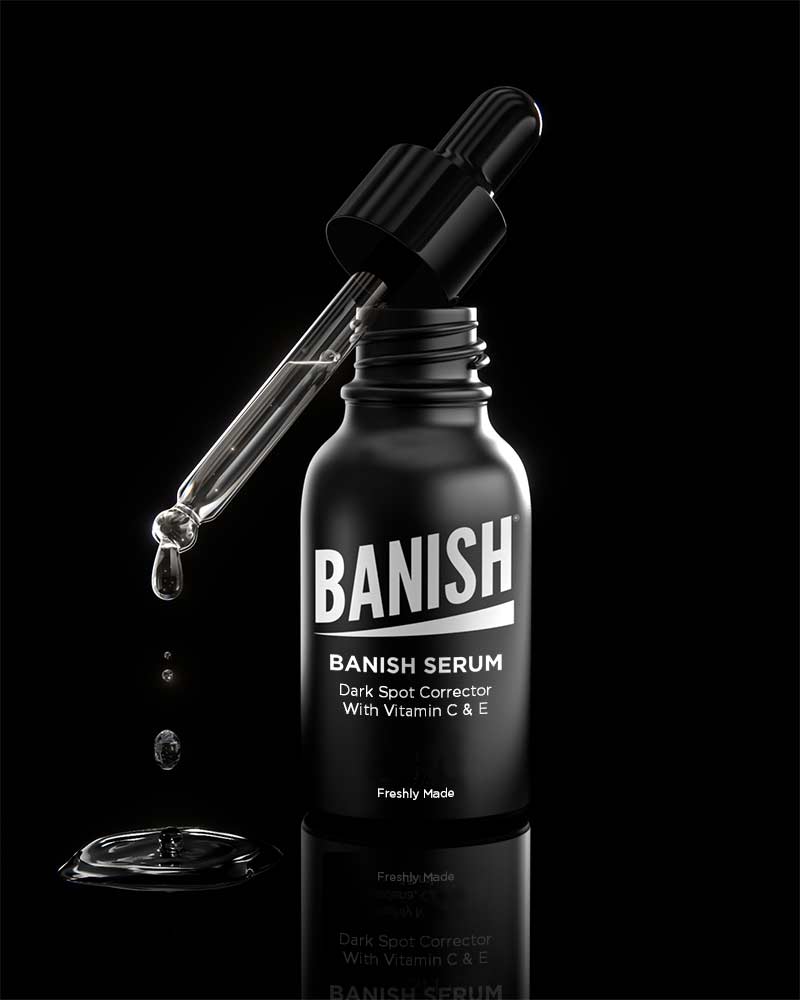
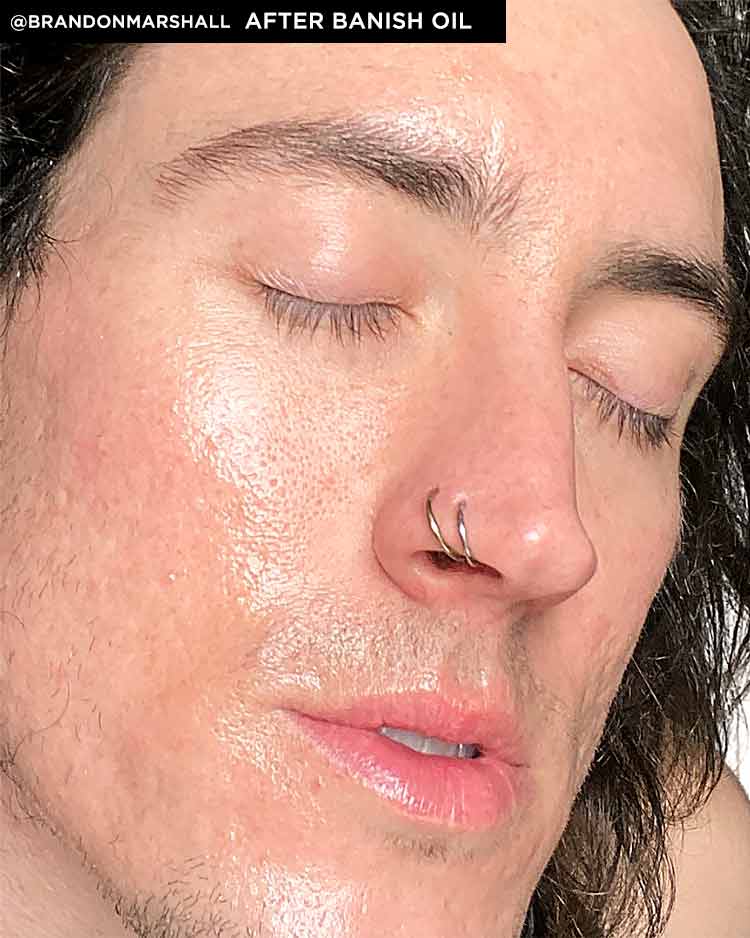
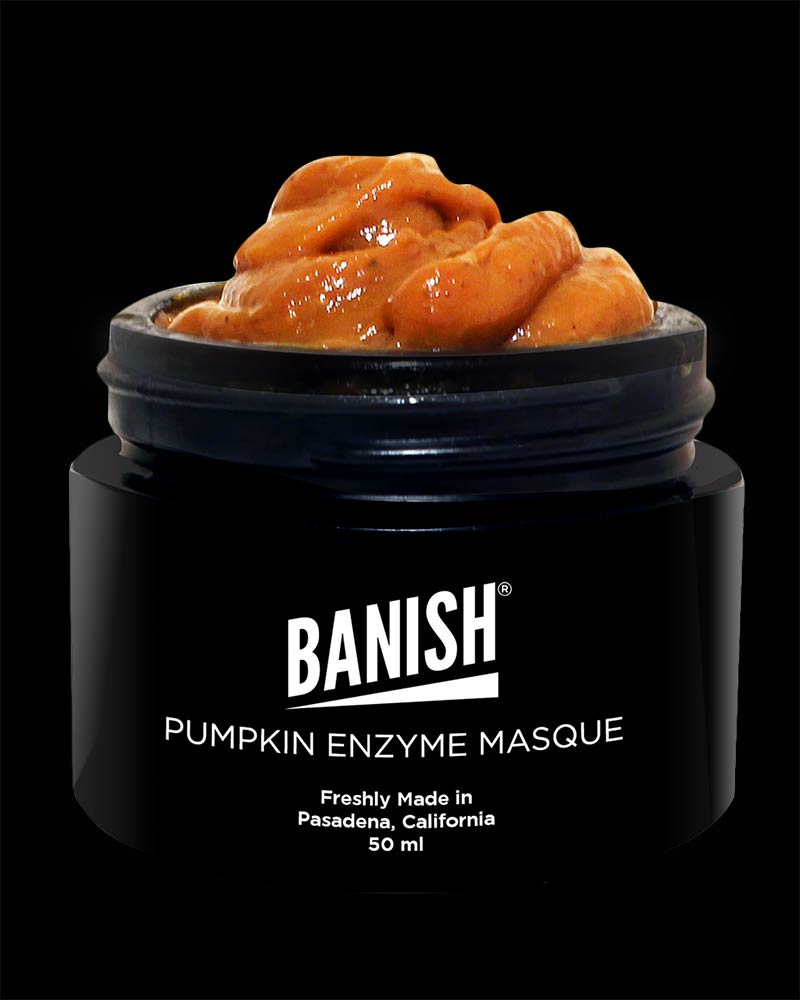
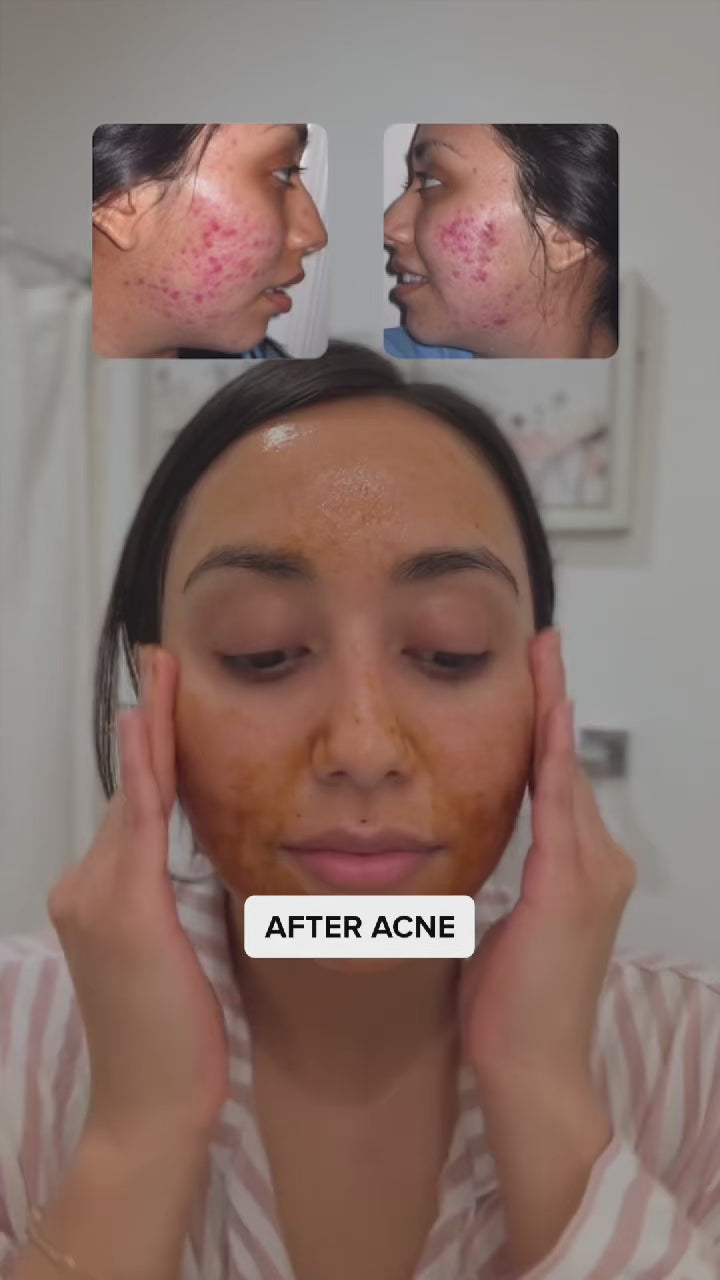
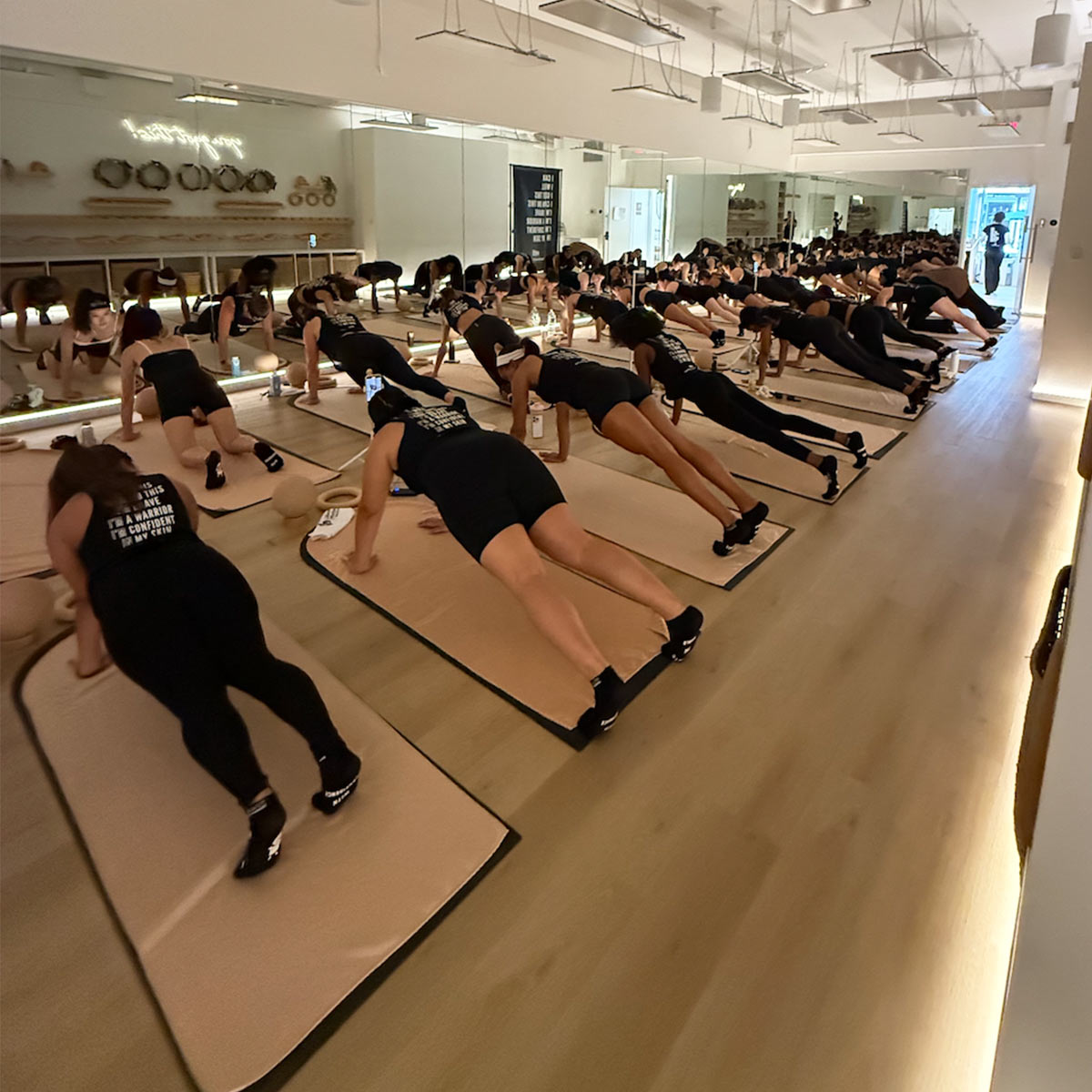
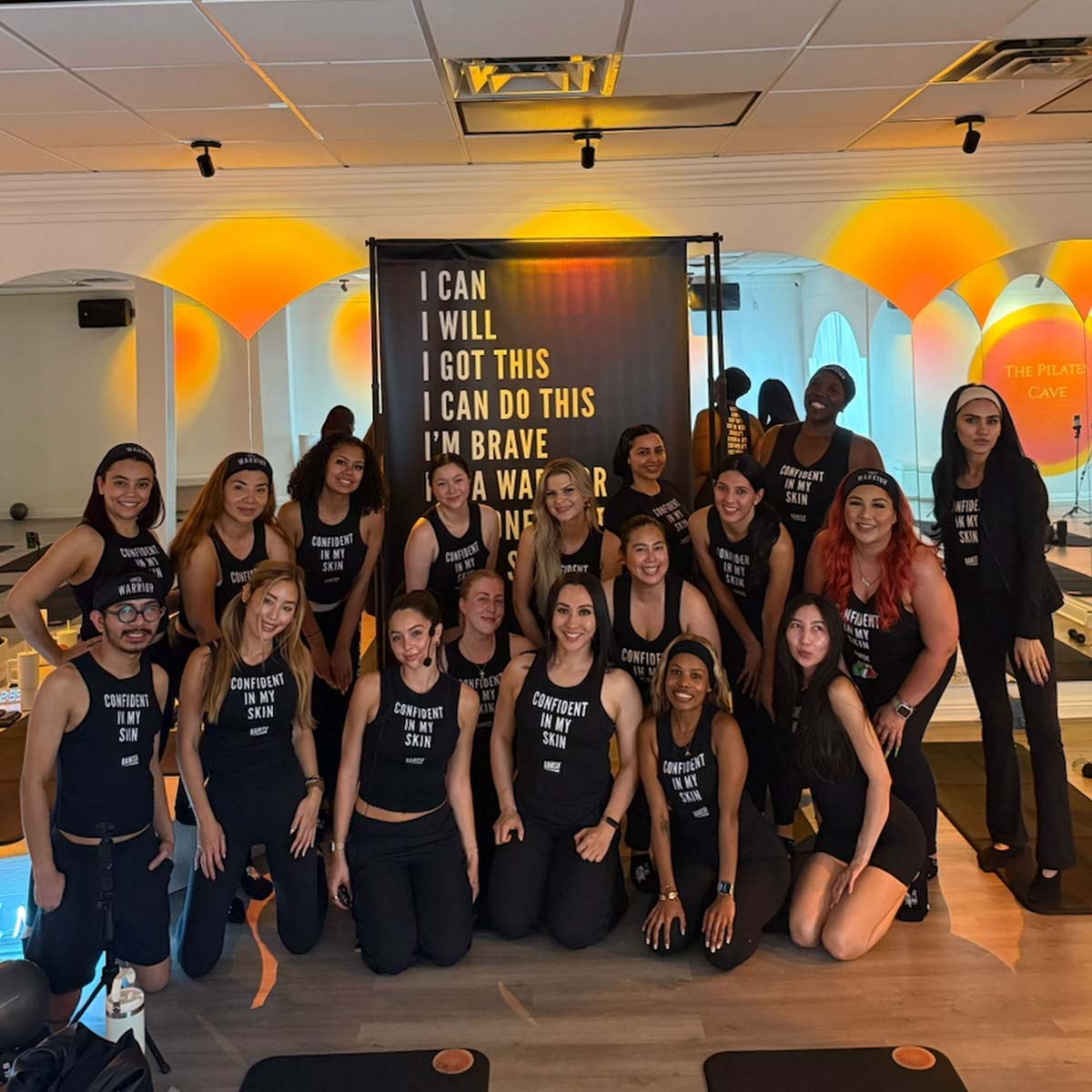



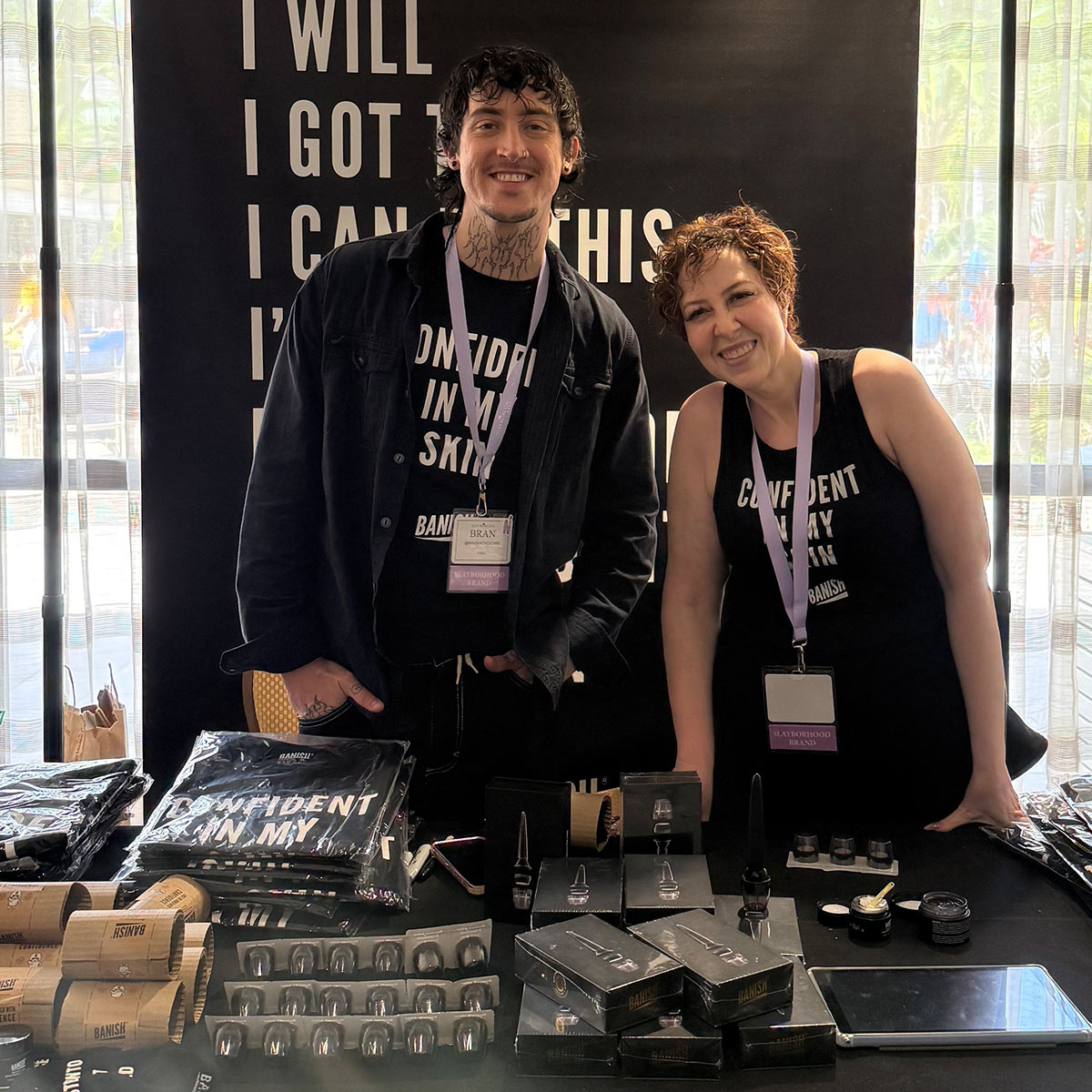




Leave a comment
All comments are moderated before being published.
This site is protected by hCaptcha and the hCaptcha Privacy Policy and Terms of Service apply.